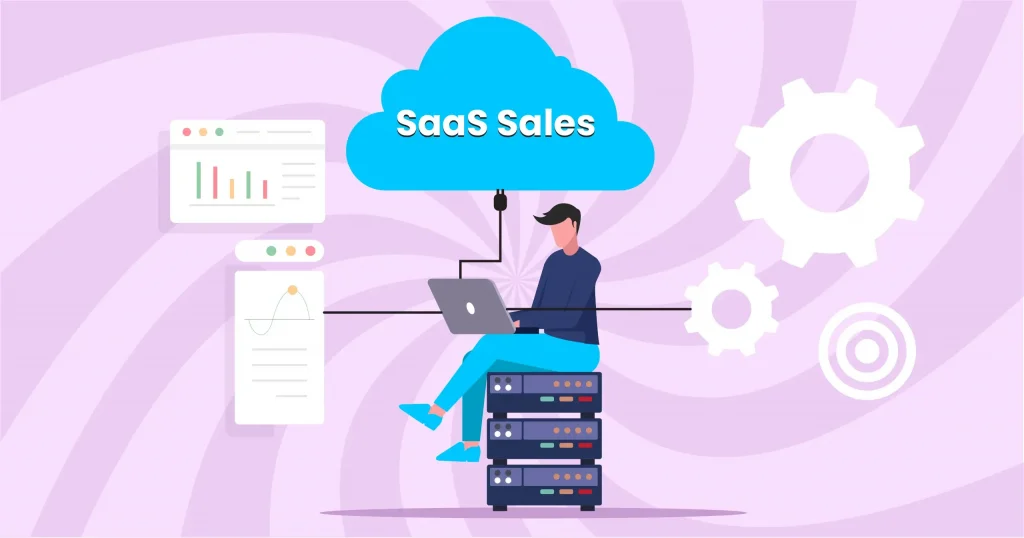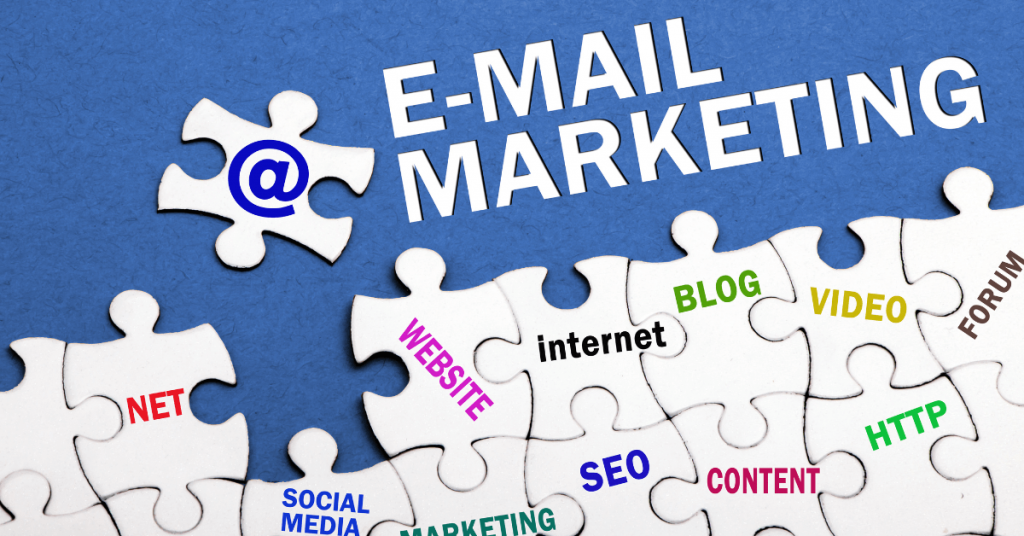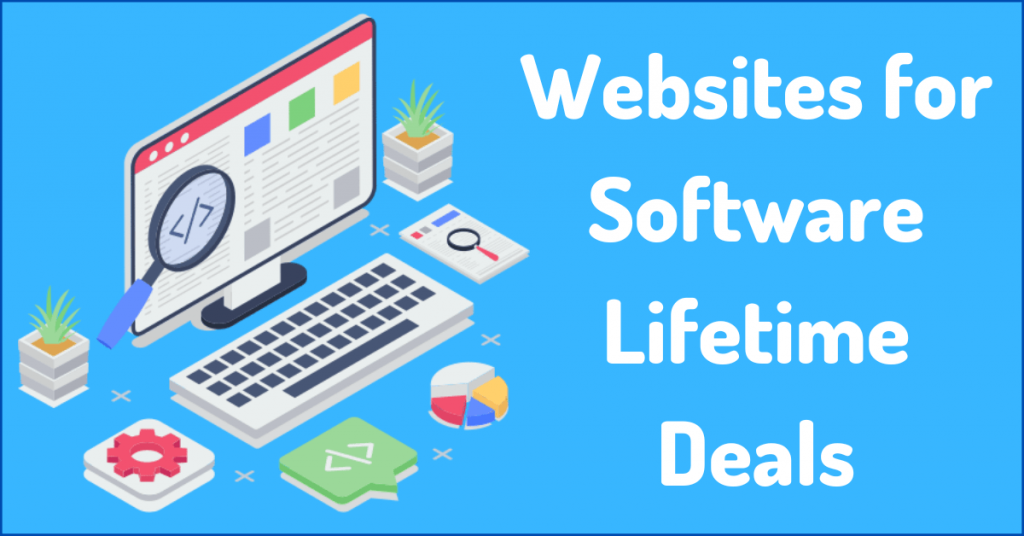In today’s rapidly evolving business landscape, B2B SaaS sales have risen to prominence as a driving force for growth and innovation. Unlike traditional consumer-oriented sales, B2B SaaS sales require a more nuanced approach due to their longer sales cycles, intricate decision-making processes, and the necessity to address complex business challenges. Whether you’re a seasoned sales professional seeking to enhance your strategies or someone new to the field, this comprehensive guide will serve as your compass for navigating the intricacies of B2B SaaS sales successfully.
Understanding B2B SaaS Sales
What Sets B2B SaaS Sales Apart?
B2B SaaS sales are characterized by their focus on catering to the specific needs of businesses. Unlike B2C sales, which often involve quick transactions, B2B interactions demand building trust and providing tailor-made solutions. The foundation of a successful B2B SaaS sales strategy lies in understanding the intricacies of your client’s business and aligning your solution with their goals. This alignment ensures that your offering not only addresses their immediate needs but also contributes to their long-term growth and success.
Targeting the Right Audience
Effectively identifying your Ideal Customer Profile (ICP) is fundamental. This entails more than just demographics; it involves understanding the pain points, goals, and challenges unique to each potential customer. Data-driven insights are invaluable in refining your audience targeting. By analyzing your existing client base, you can uncover patterns and commonalities that enable you to precisely pinpoint the prospects with the highest potential for conversion. This knowledge allows you to tailor your sales pitch and messaging to resonate deeply with your audience.
Building a Strong B2B SaaS Sales Strategy
1. Crafting an Irresistible Value Proposition
A compelling value proposition serves as the cornerstone of your B2B SaaS sales strategy. It should cut through the noise and immediately resonate with potential clients. Highlight the specific problems your SaaS product solves and articulate the tangible benefits they can expect. In the realm of B2B SaaS, it’s not merely about showcasing features; it’s about demonstrating the impact on their bottom line. Paint a vivid picture of enhanced efficiency, cost savings, and transformative results that your product can deliver.
2. Mapping the Buyer’s Journey
A solid grasp of the buyer’s journey is pivotal in B2B SaaS sales. This journey is not linear; rather, it consists of various touchpoints where prospects gather information and evaluate solutions. Tailor your content and resources to address their needs at each stage. During the awareness stage, offer insightful content that sheds light on prevalent industry challenges. As prospects move into the consideration phase, provide them with case studies and comparisons that showcase your product’s superiority. Aligning your messaging with their evolving needs will significantly enhance your chances of conversion.
3. Leveraging Account-Based Selling (ABS)
Account-Based Selling (ABS) has emerged as a game-changer in B2B SaaS sales. Instead of casting a wide net, ABS involves personalized outreach to high-value accounts. Dive deep into understanding their specific pain points, goals, and challenges. Craft messages and presentations that explicitly illustrate how your SaaS solution directly addresses their unique needs. ABS ensures that your efforts are strategically focused on prospects with the highest potential for conversion, leading to more efficient and impactful interactions.
4. Utilizing Data-Driven Insights
Data is a goldmine in B2B SaaS sales. Leverage data-driven insights to inform your strategy and decision-making. Analyze historical sales data, customer behavior, and market trends to identify patterns and opportunities. Utilize this information to refine your targeting, tailor your messaging, and optimize your sales processes. Data-driven insights provide a competitive advantage by allowing you to make informed adjustments that resonate with your audience and lead to higher conversion rates.
5. Building a Strong Sales Ecosystem
A successful B2B SaaS sales strategy goes beyond individual interactions; it involves building a robust sales ecosystem. This ecosystem encompasses collaboration between sales, marketing, customer support, and product teams. Align your messaging across departments to ensure a consistent and seamless customer experience. Marketing materials should accurately reflect the value proposition presented by the sales team, and customer support should provide post-sale assistance that matches the initial promises. A well-coordinated ecosystem enhances customer satisfaction, loyalty, and advocacy, contributing to long-term success.

Mastering the B2B SaaS Sales Process
1. Initial Outreach and Relationship Building
The cold email serves as your initial handshake with a prospect. Keep it concise while highlighting the value you can bring to their business. Share insights that demonstrate your thorough understanding of their industry and challenges. However, it’s crucial to remember that this initial interaction isn’t solely about making a sale. Instead, it’s about starting a meaningful conversation. Offer valuable resources upfront—whitepapers, webinars, or industry insights—that position you as a valuable partner rather than just a salesperson.
2. Conducting Effective Discovery Calls
Discovery calls are invaluable opportunities to gather essential information. Utilize open-ended questions to uncover pain points and challenges specific to the prospect’s business. Actively listen and empathize to create a genuine connection. Tailor your pitch based on their responses to highlight how your solution aligns with their unique needs. Whether they’re concerned about scalability or operational efficiency, addressing their pain points directly demonstrates your commitment to understanding their business.
3. Customized Demos and Proof of Concept
Demos provide a platform to showcase your SaaS product’s capabilities. However, a one-size-fits-all approach won’t suffice. Customize your demo to address specific pain points and use cases relevant to the prospect. If they’re apprehensive about integration challenges, demonstrate the seamless integration process. Furthermore, consider offering a proof of concept—a tangible simulation showcasing how your product can revolutionize their operations. Providing a real-world context for your product’s potential solidifies their understanding and interest.
4. Overcoming Objections and Concerns
Objections are a natural part of the sales process. Rather than shying away from them, address them with confidence and transparency. If security is a concern, delve into the specifics of your encryption and compliance measures. In cases where prospects are skeptical about the Return on Investment (ROI), share compelling success stories that highlight significant returns achieved by other clients. Equipping yourself with well-prepared responses to common objections instills confidence and trust in your offering.
Closing the Deal and Beyond
1. Pricing Strategies for B2B SaaS
Pricing strategies in B2B SaaS require a delicate balance of art and science. Subscription, usage-based, and tiered models are just a few options available. The key is to align your pricing with the value your product delivers. Clearly articulate how your pricing structure reflects the transformative impact of your solution. Consider offering tiered plans tailored to different business sizes, ensuring that each client perceives the value they are receiving for their investment.
2. Negotiation Techniques
Approach negotiations as a collaborative endeavor rather than a confrontational battle. Seek common ground and offer flexible solutions. If the prospect expresses concerns about the initial cost, explore staggered payment options that ease their financial burden. If they’re seeking additional features, consider a trial period that allows them to experience the enhanced capabilities. The goal is to reach an agreement where both parties feel they’ve gained value and mutual benefit.
3. Ensuring a Smooth Onboarding Process
Closing the deal marks the beginning of your client’s journey with your product. Collaborate closely with the customer success team to ensure a seamless onboarding process. Provide comprehensive resources, training, and unwavering support during this crucial phase. Address any hiccups promptly to create a positive initial experience. A smooth onboarding process sets the stage for a productive and successful long-term partnership.
4. Nurturing Customer Relationships for Expansion
Post-sale engagement is the bedrock of opportunities for upselling and cross-selling. Stay engaged with regular check-ins that go beyond transactional communication. Leverage usage data to identify opportunities for product expansion based on their evolving needs. If they’re utilizing only a portion of your product’s capabilities, demonstrate how additional features can further enhance their operations. Prioritizing customer satisfaction and proactive communication establishes a foundation for sustainable growth.
Tracking and Optimizing B2B SaaS Sales Performance
1. Key Metrics for B2B SaaS Sales:
SaaS Metrics serve as your compass in the world of B2B SaaS sales. Metrics such as Monthly Recurring Revenue (MRR), Customer Acquisition Cost (CAC), and Customer Lifetime Value (CLTV) provide invaluable insights into the health and sustainability of your sales efforts. Monitoring churn rates enables you to assess customer satisfaction and identify areas for improvement. A deep understanding of these metrics empowers you to make data-driven decisions that steer your strategies in the right direction.
2. Sales Pipeline Analysis:
Analyzing your sales pipeline is crucial for optimizing B2B SaaS sales performance. Break down your pipeline stages to understand where leads tend to drop off or get stuck. This allows you to pinpoint bottlenecks and areas that need attention. By addressing these pain points, you can streamline your sales process, reduce friction, and improve conversion rates.
3. Lead Source Analysis:
Understanding the sources that drive your leads is crucial. By tracking which marketing channels or campaigns generate the most high-quality leads, you can allocate resources more effectively. This data enables you to invest in strategies that yield the best results and optimize your marketing efforts.
4. Sales Funnel Conversion Rates:
Monitoring conversion rates at each stage of the sales funnel gives you insights into your sales team’s effectiveness. Analyze how many leads progress from initial contact to becoming qualified opportunities, and then from opportunities to closed deals. If certain stages have low conversion rates, focus on optimizing your messaging, follow-up strategies, and objection handling to improve the flow through the funnel.
5. Incorporating Technology and Automation:
Utilize technology and automation tools to enhance your sales efforts. Customer Relationship Management (CRM) systems help you track interactions, manage leads, and forecast sales. Marketing automation can nurture leads through personalized content, and analytics tools provide real-time insights into your sales performance.
6. Continuous Improvement Strategies:
In the dynamic landscape of B2B SaaS sales, complacency is your greatest adversary. Regularly analyze your sales processes to identify areas for improvement. Embrace A/B testing to refine your outreach and messaging. Experiment with different subject lines in your emails or variations in your demo presentations to gauge their impact. Adapt and evolve based on the results, as continuous improvement is the path to sustained success in the competitive world of B2B SaaS sales.
Check out B2B SaaS Growth Hacks to scale your business in 2025
Conclusion – B2B SaaS Sales
Succeeding in B2B SaaS sales is a fusion of strategic artistry and data-driven insights. Each interaction, from the initial email to cultivating post-sale relationships, contributes to a broader success narrative. By grasping the nuances of the industry, tailoring your approach to each prospect, and embracing the power of metrics, you can confidently navigate the complexities of B2B SaaS sales.
Whether you’re a seasoned professional or a newcomer embarking on this journey, this guide equips you with the tools to not only endure but flourish in the dynamic realm of B2B SaaS sales. Your voyage toward success begins now.
FAQs –
B2B SaaS stands for Business-to-Business Software as a Service. It refers to software applications that are delivered and accessed over the internet, primarily designed to serve the needs of businesses and organizations rather than individual consumers. B2B SaaS solutions are often subscription-based and offer services like productivity tools, collaboration software, customer relationship management (CRM), and more, catering to the specific requirements of enterprises.
B2B SaaS sales involve the process of selling Business-to-Business Software as a Service (SaaS) solutions. This includes identifying potential business clients, understanding their needs, demonstrating how the SaaS product can address those needs, negotiating terms, and ultimately closing the sale. It often requires a consultative approach and focuses on building long-term relationships to ensure the successful adoption and utilization of the SaaS product within the client’s organization.
An example of B2B SaaS is Salesforce, a cloud-based customer relationship management (CRM) platform that businesses use to manage their sales, marketing, and customer service activities.
B2B sales involve selling products or services to other businesses, while SaaS sales specifically involve selling subscription-based software solutions accessed over the Internet. B2B SaaS sales focus on selling software products designed for business needs, often requiring a consultative approach to demonstrate the value and benefits of the software to potential clients.

